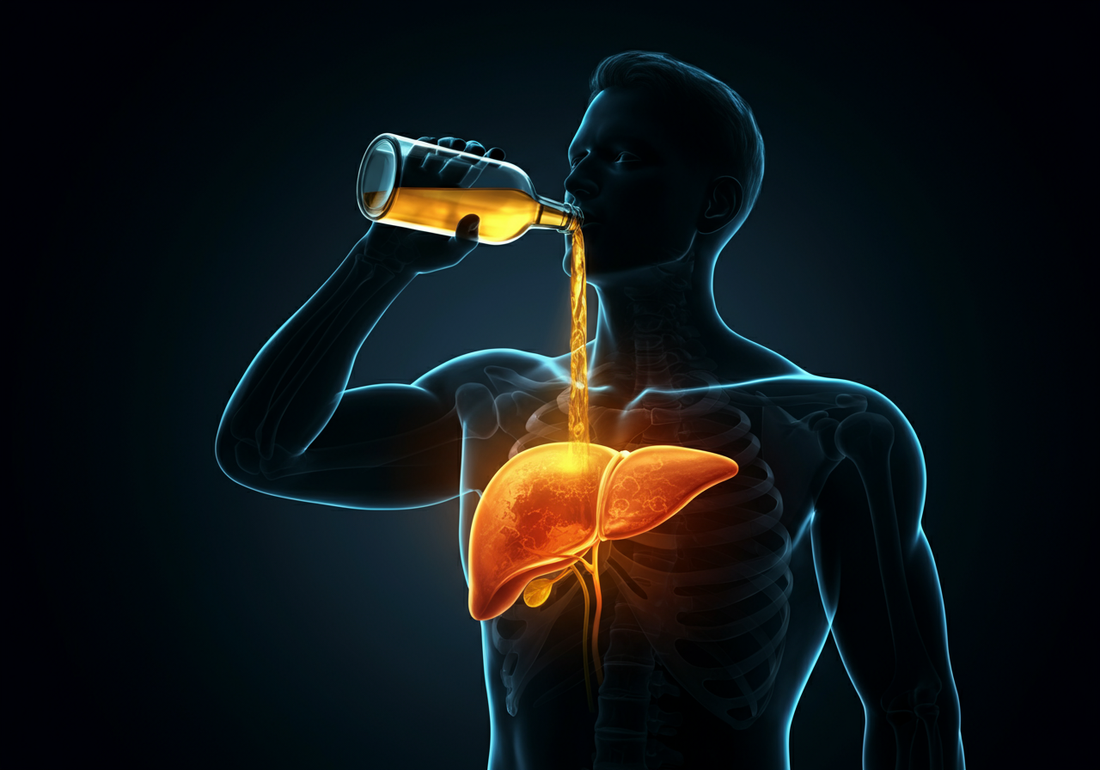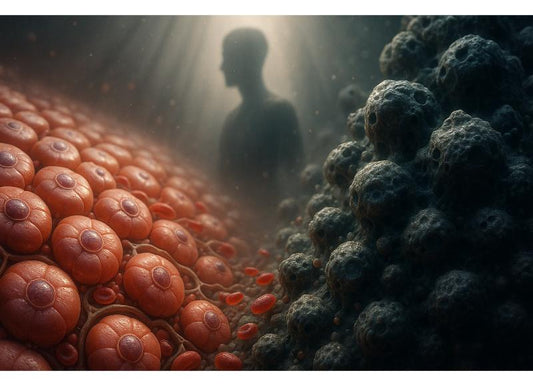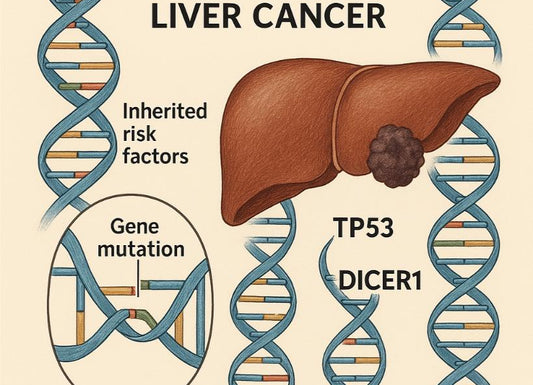What percentage of liver cancer is caused by alcohol?
 Written By
Abel Tamirat, MD
Written By
Abel Tamirat, MD

Did you know that nearly one in three liver cancer cases worldwide is caused by alcohol? In fact, in Europe and North America, alcohol accounts for as many as 40–50% of cases.
These numbers highlight a sobering reality: alcohol doesn’t just increase your risk of liver damage—it’s one of the leading preventable causes of liver cancer. Yet alcohol isn’t the only factor at play. Viral hepatitis, fatty liver disease, and environmental toxins also contribute significantly to the global burden of this disease.
In this article, we’ll break down the percentage of liver cancer cases linked to alcohol, explore how alcohol damages the liver over time, identify who’s most at risk, and share science-backed strategies to lower your risk.
Drinking habits play a huge role in liver disease. Learn more in Drinking Alcohol Damages Which Organ?.
What is liver cancer?
Liver cancer is the uncontrolled growth of abnormal cells in the liver. The most common type is hepatocellular carcinoma (HCC), which usually develops in people who already have liver disease.
Major causes of liver cancer include:
-
Chronic hepatitis B or C infections
-
Heavy, long-term alcohol use
-
Nonalcoholic fatty liver disease (linked to obesity and diabetes)
-
Aflatoxin exposure (contaminated food in some regions)
-
Genetic conditions affecting iron or copper metabolism
How does alcohol cause liver cancer?

Alcohol damages the liver in several steps:
-
Fat accumulation (alcoholic fatty liver disease): The liver prioritizes metabolizing alcohol, which disrupts fat metabolism.
-
Inflammation (alcoholic hepatitis): Persistent drinking triggers immune responses that inflame liver tissue.
-
Scarring (cirrhosis): Ongoing inflammation replaces healthy tissue with scar tissue.
-
Cancer development: Cirrhosis sets the stage for genetic mutations, uncontrolled cell growth, and eventually hepatocellular carcinoma.
In fact, up to 80% of people with alcohol-related liver cancer already have cirrhosis.
If you’re cutting back, alternatives can make a difference. Explore Quit Drinking? Try These Alcohol-Free Alternatives.
Who is most at risk for alcohol-related liver cancer?
Your risk rises with:
-
Amount and duration of drinking: The higher and longer, the greater the risk.
-
Gender: Men have higher risk due to heavier average alcohol intake.
-
Viral hepatitis coinfection: Alcohol plus hepatitis multiplies cancer risk.
-
Obesity and diabetes: These conditions add extra liver stress.
-
Genetics: Some people metabolize alcohol in ways that increase damage.
Even low-alcohol drinks matter for your liver. Find insights in Is Non-Alcoholic Beer Bad for Your Liver?.
How much alcohol is too much for liver health?

Health organizations define heavy drinking as:
-
Men: More than 15 drinks per week
-
Women: More than 8 drinks per week
But even moderate drinking can raise liver cancer risk if you already have liver disease.
The safest option for liver cancer prevention is limiting alcohol as much as possible.
If you’re worried about liver cancer progression, read Liver Cancer Stages and Liver Cancer Survival Rate.
Can stopping alcohol reduce liver cancer risk?
Yes. Research shows that:
-
People who stop drinking after cirrhosis diagnosis still lower their risk of liver cancer compared to those who continue.
-
A 2020 review in Liver International found that alcohol abstinence reduced liver cancer risk by ~40% over 10 years in people with cirrhosis.
-
Early lifestyle changes can allow some liver recovery, lowering progression to cancer.
What percentage of cirrhosis is caused by alcohol?
Since cirrhosis is the main pathway to liver cancer, it’s worth noting that:
-
Globally, about 25–30% of cirrhosis cases are due to alcohol.
-
In countries with lower hepatitis rates, alcohol causes up to 50% of cirrhosis cases.
-
This overlap explains why alcohol contributes so heavily to liver cancer statistics.
How can you protect your liver?

-
Limit or avoid alcohol: The fewer drinks, the lower the risk.
-
Get vaccinated for hepatitis B: Prevents a major cause of liver cancer.
-
Get tested for hepatitis C: Effective treatments can cure infection.
-
Maintain a healthy weight: Reduces fatty liver disease risk.
-
Eat a balanced diet: Focus on vegetables, whole grains, and lean protein.
-
Stay active: At least 150 minutes of moderate exercise per week.
For those with existing liver damage, early warning matters. Check out Signs Your Liver Is Healing.
Final thoughts
So, what percentage of liver cancer is caused by alcohol? Globally, around 30–40% of cases are linked to long-term drinking—making alcohol one of the top preventable causes of liver cancer.
The good news: limiting or avoiding alcohol, getting vaccinated against hepatitis, and maintaining a healthy lifestyle can significantly reduce your risk. Even if you already have liver disease, stopping alcohol can improve your outlook and lower cancer risk.
Want to understand your liver health better? Ribbon Checkup offers at-home liver tests that give you accurate, lab-quality insights—so you can take control of your health today.
Related Resources
-
Does Stress Cause Elevated Liver Enzymes? Exploring the Connection
- At-Home Liver Tests: A Comprehensive Guide
References
World Health Organization. (2022). Cancer fact sheet: Liver cancer.
Centers for Disease Control and Prevention (CDC). (2022). Alcohol and liver cancer.
American Cancer Society. (2023). Liver cancer risk factors.
European Association for the Study of the Liver. (2020). Alcohol-related liver disease and cancer risk.
Mayo Clinic. (2023). Liver cancer: Symptoms and causes.
Rehm, J., et al. (2021). Alcohol consumption and liver cancer risk. Liver International.

Dr. Abel Tamirat is a licensed General Practitioner and ECFMG-certified international medical graduate with over three years of experience supporting U.S.-based telehealth and primary care practices. As a freelance medical writer and Virtual Clinical Support Specialist, he blends frontline clinical expertise with a passion for health technology and evidence-based content. He is also a contributor to Continuing Medical Education (CME) programs.



